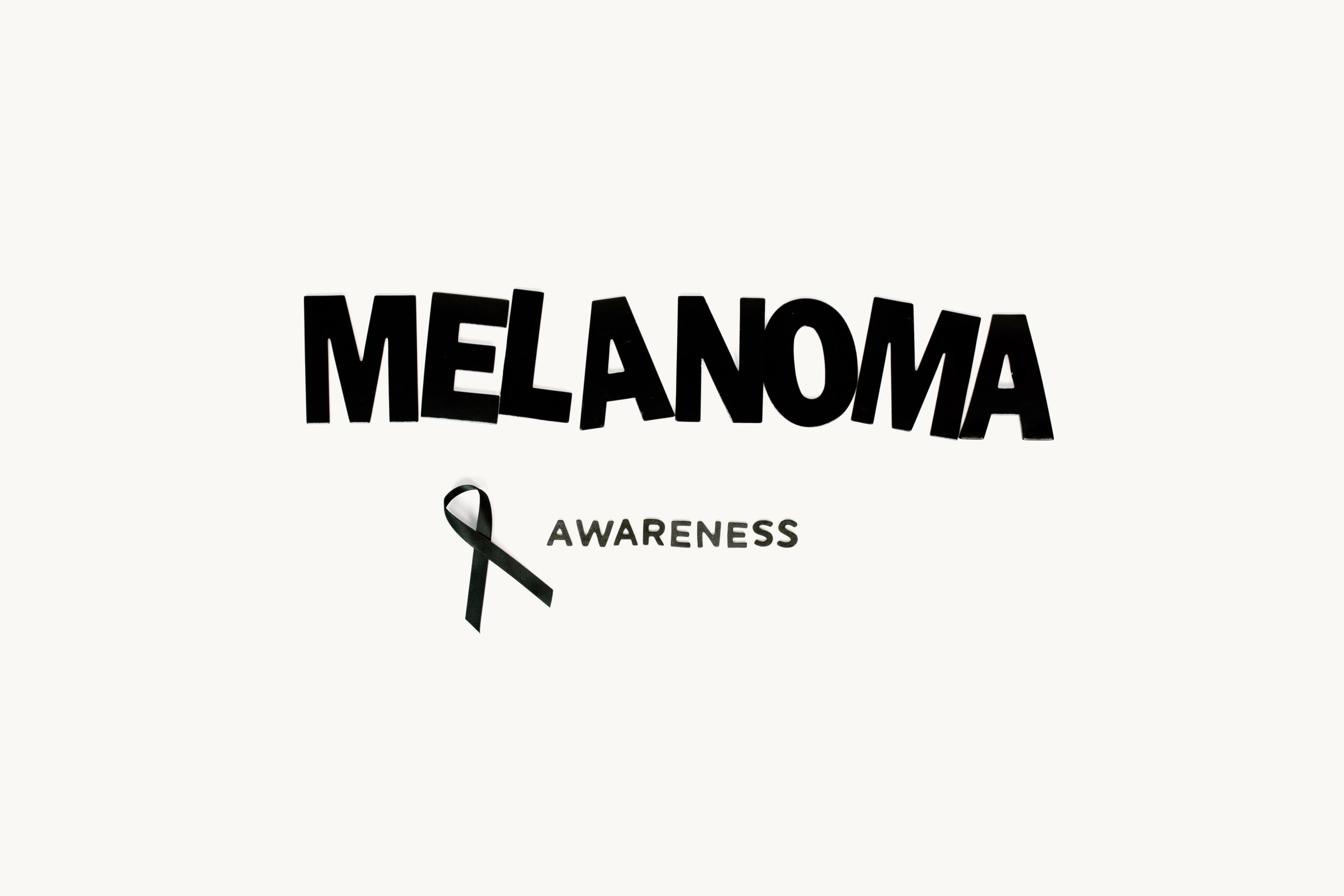As doctors that have dedicated our careers to skin cancer prevention, detection and treatment, we are huge advocates for skin education as well. Knowledge is power and it can make a monumental difference in the early detection and prevention of skin cancers. With May being Melanoma Awareness Month, we are dispelling some common myths about melanoma – the most deadly skin cancer there is.
Melanoma Myth #1: Melanoma Always Starts With a Mole
Contrary to popular belief, the bulk of melanoma cases are of non-mole origin (de novo melanomas). i.e: they occur in areas of skin that appear “mole-free” until the melanoma develops. In general, only about 20 to 30% of melanomas are associated with moles.
Research has revealed that people with non-mole melanomas have poorer outcomes compared to those with mole-associated melanomas. They are twice as likely to have melanoma that has already advanced beyond Stage 1 at the time of diagnosis. The 10-year survival rate for people with mole-associated melanomas are also better. Non-mole melanomas tend to be more aggressive in nature and more deadly compared to their non-mole counterparts.
Melanoma Myth #2: Melanoma Only Happens in Your Skin

Technically, all melanomas do arise from a primary tumour, but sometimes the exact location is hard to trace. The majority of melanoma is found in the skin, but it may also develop in other organ systems. Melanoma can be found in the gastrointestinal tract, eyes, genitourinary tract, other mucosal sites, and also in the leptomeninges – the membranes bordering the spinal cord and brain – where some melanocytes exist.
Sometimes a phenomenon known as regression occurs, in which the immune system eliminates the melanoma cells at the initial tumour site, making it virtually undetectable at the site of origin. This can be a plausible explanation for melanoma spreading to other body parts, even when the primary tumour can’t be detected.
Both young adults and children get new moles as they grow. However, professionals suggest that people should consult with their physician as soon as they notice a new mole or lesion on their skin, or one that has changed. It is also recommended to check if any skin growth or spot has irregular borders, is uneven, multi-coloured, large in size, or evolving over time.
Thankfully, just like other types of skin cancer, melanoma of the skin is fully curable if detected early. Therefore, skin cancer prevention is key. Limiting exposure to UV rays from the sun; wearing protective clothing, hats and sunglasses when going out during day time; and applying broad-spectrum sunscreen several times a day can go a long way when it comes to protecting ourselves from all types of skin cancer, including melanoma.
So, what about mole checks? What’s the point of full-body skin checks if most melanomas don’t arise from existing moles?
- We want to find the 20 to 30% of melanomas that do arise from existing moles.
- We need to know which moles have always been on your skin in order to assess if any new spots appear.
The take home message from this information is that we should not only focus on our existing moles. Of course, we shouldn’t ignore them either as they have the potential to turn cancerous. However, new moles are a larger cause for concern.
How Do I Know if I Have Skin Cancer? With Dr. Ben Wiese
Want to Know What Your Risk is for Developing Melanoma?
Click the link below to take a 2-minute quiz and assess your risk.




